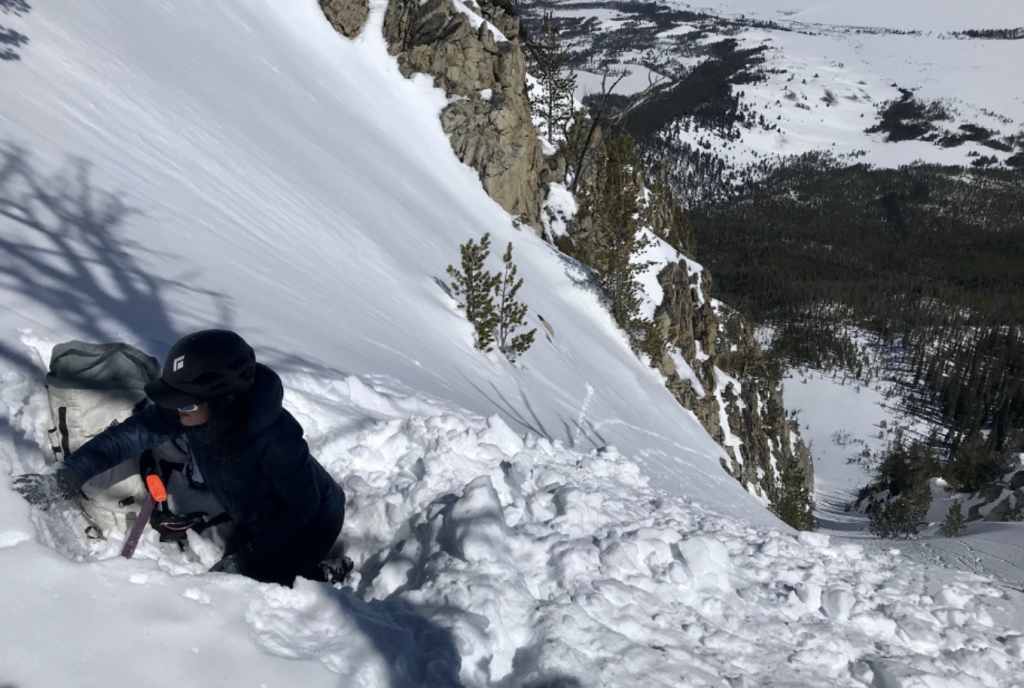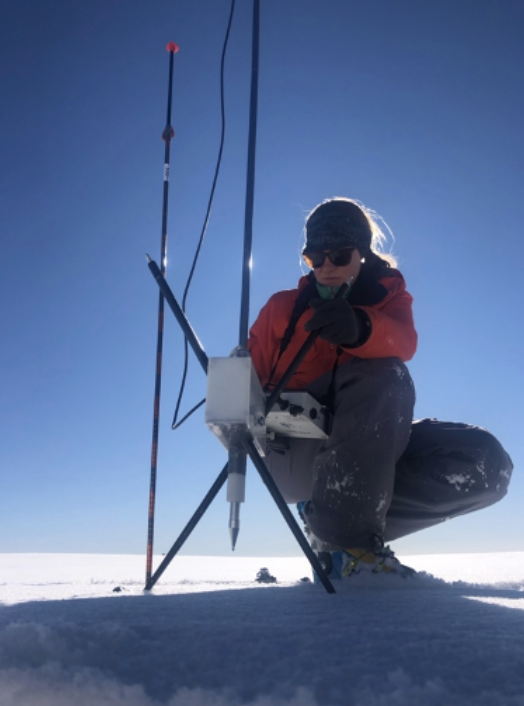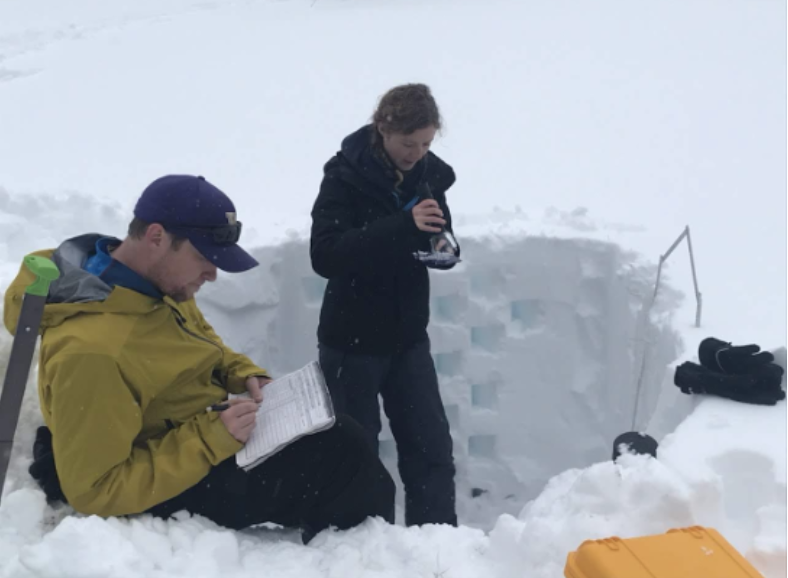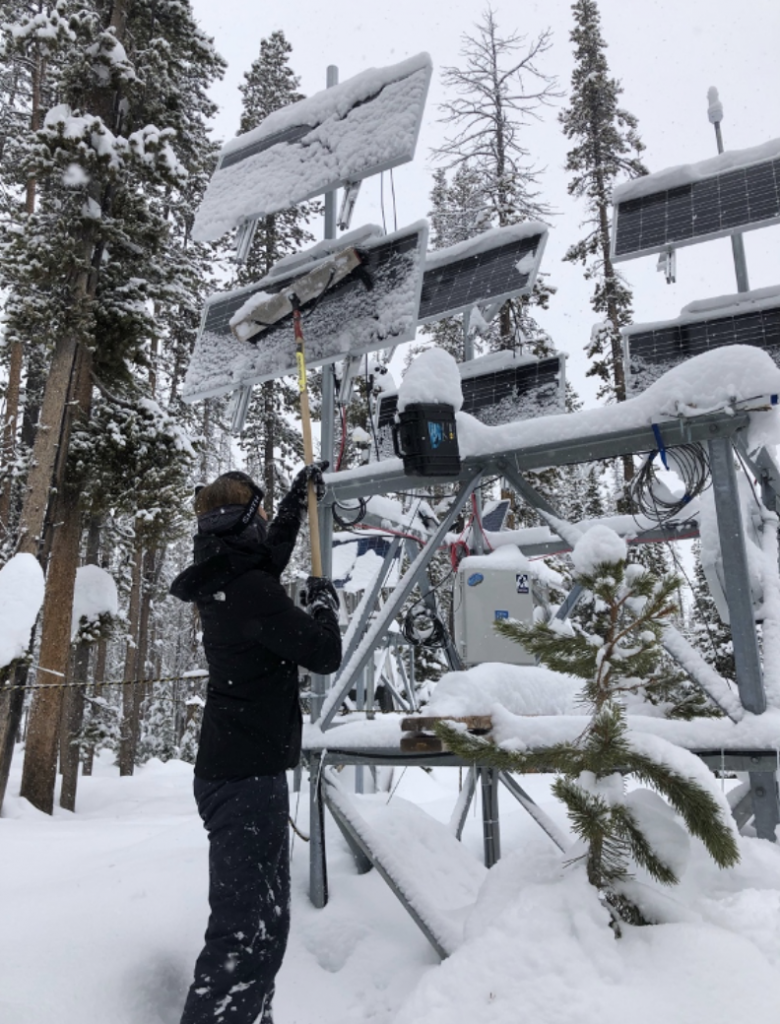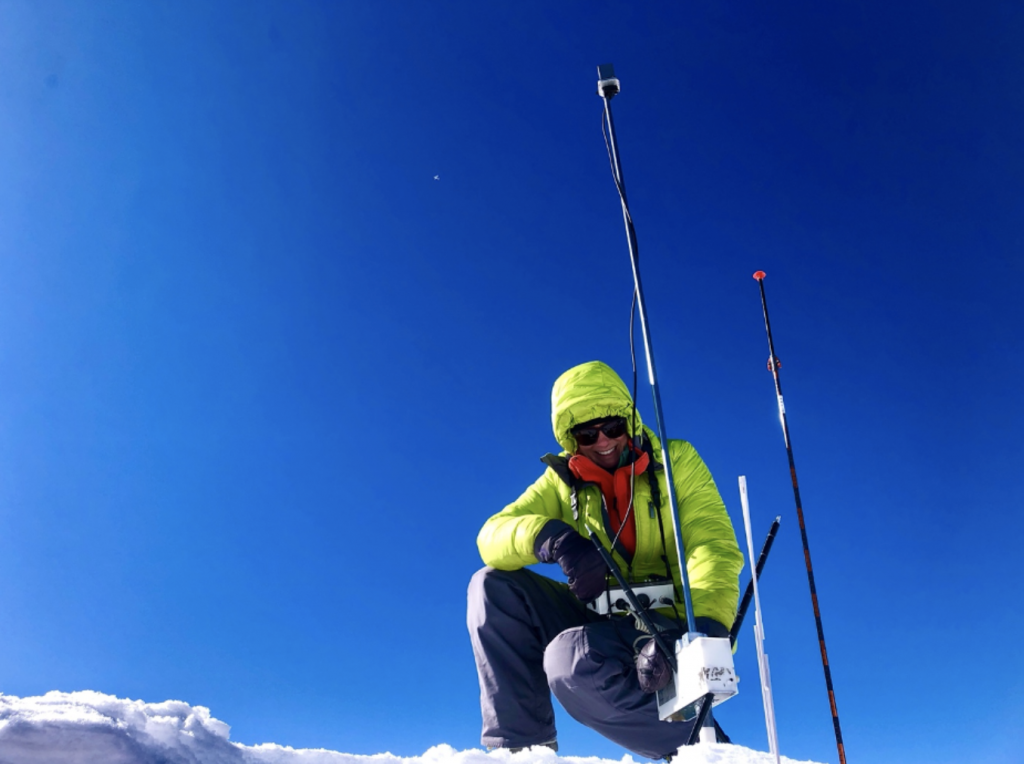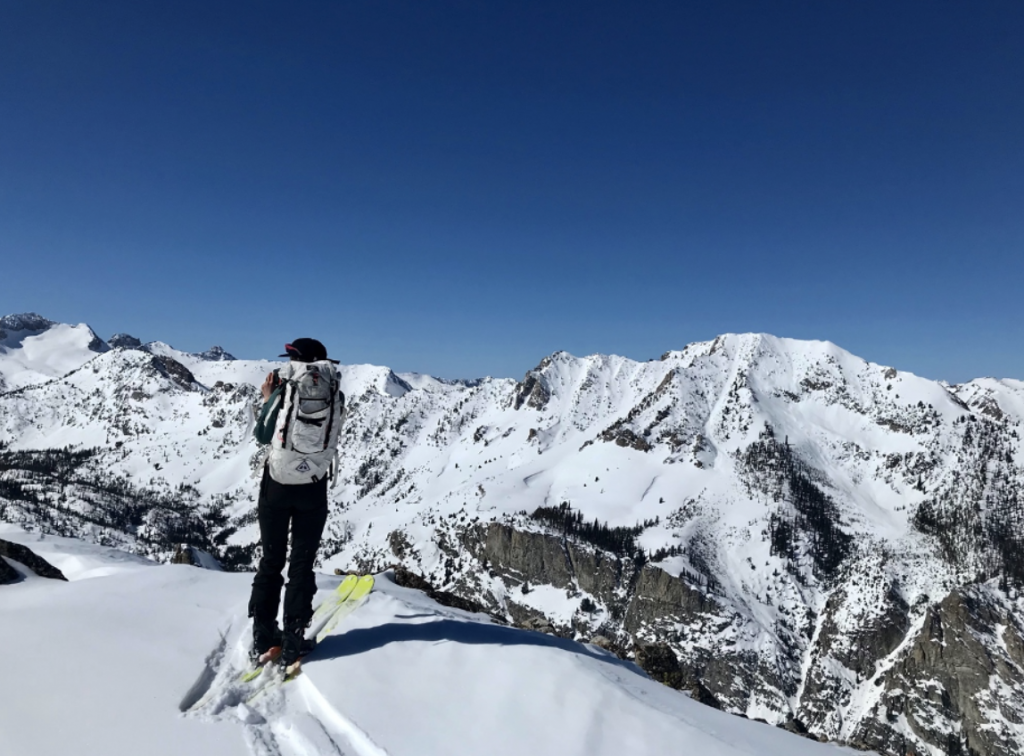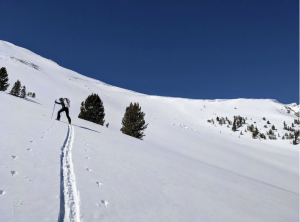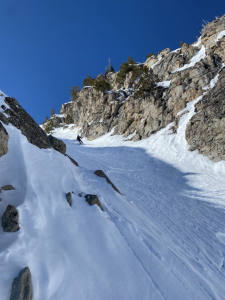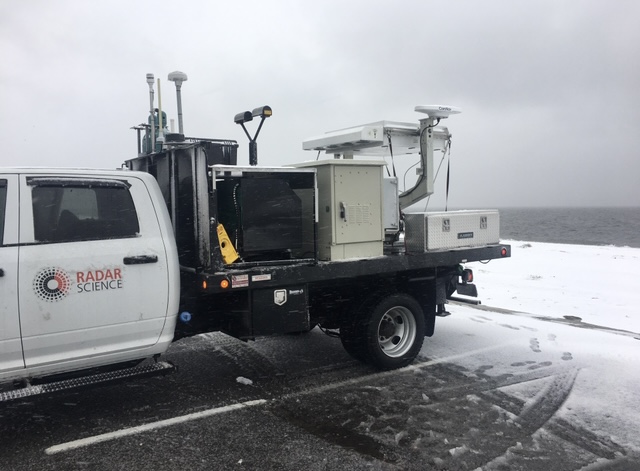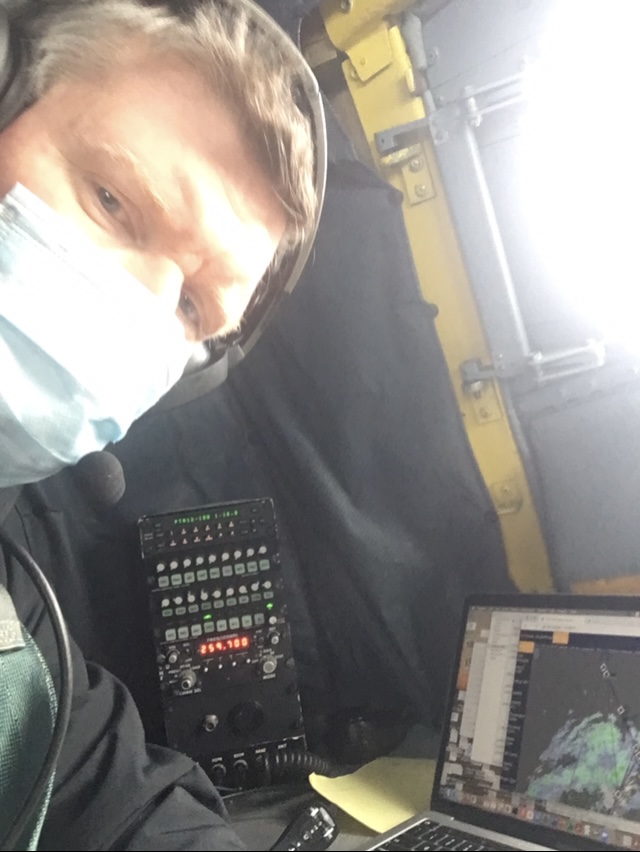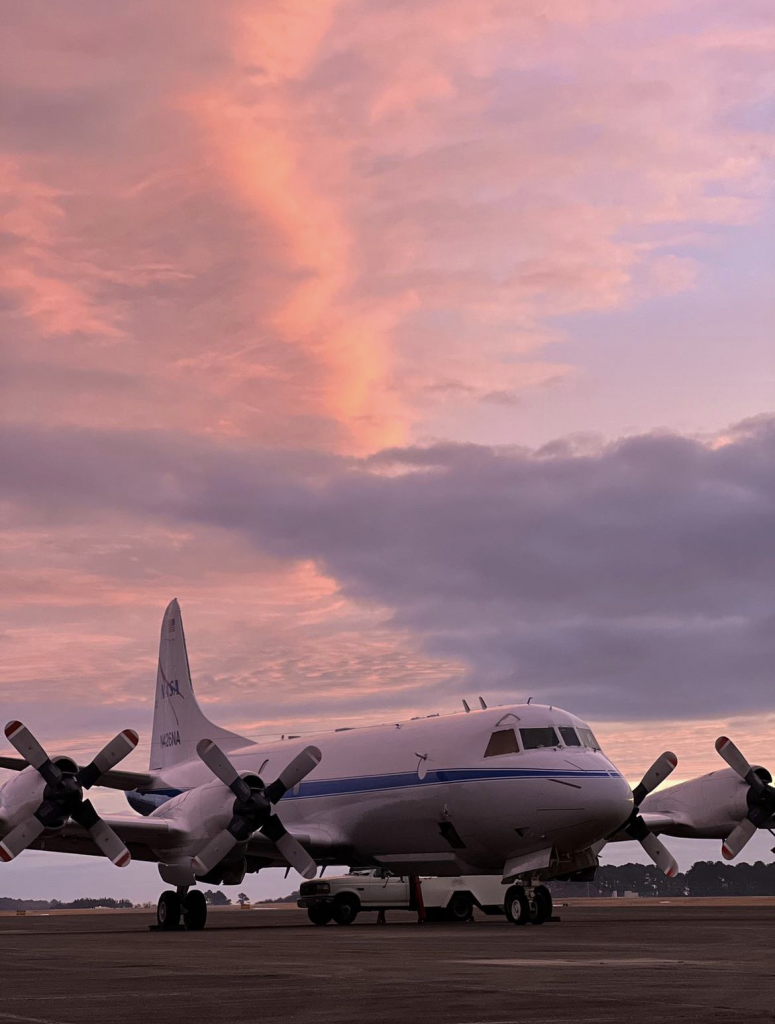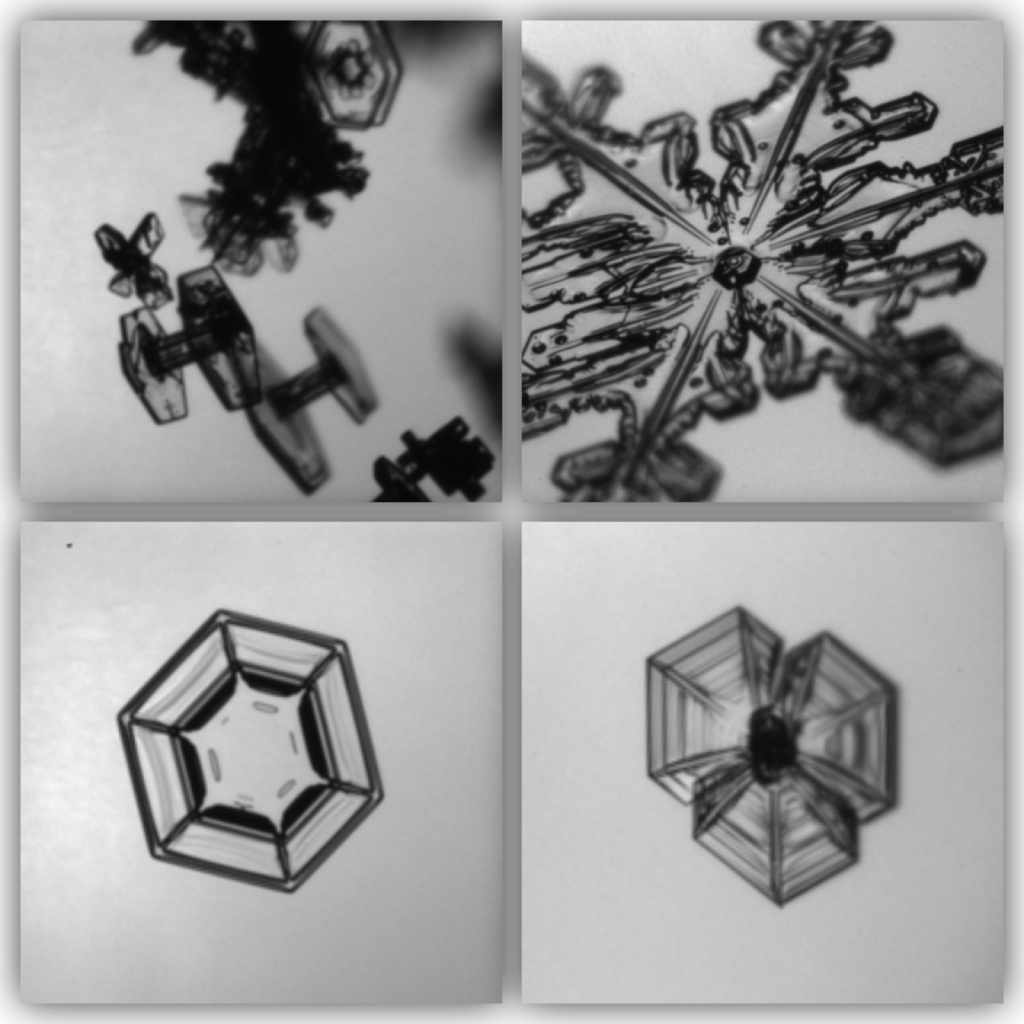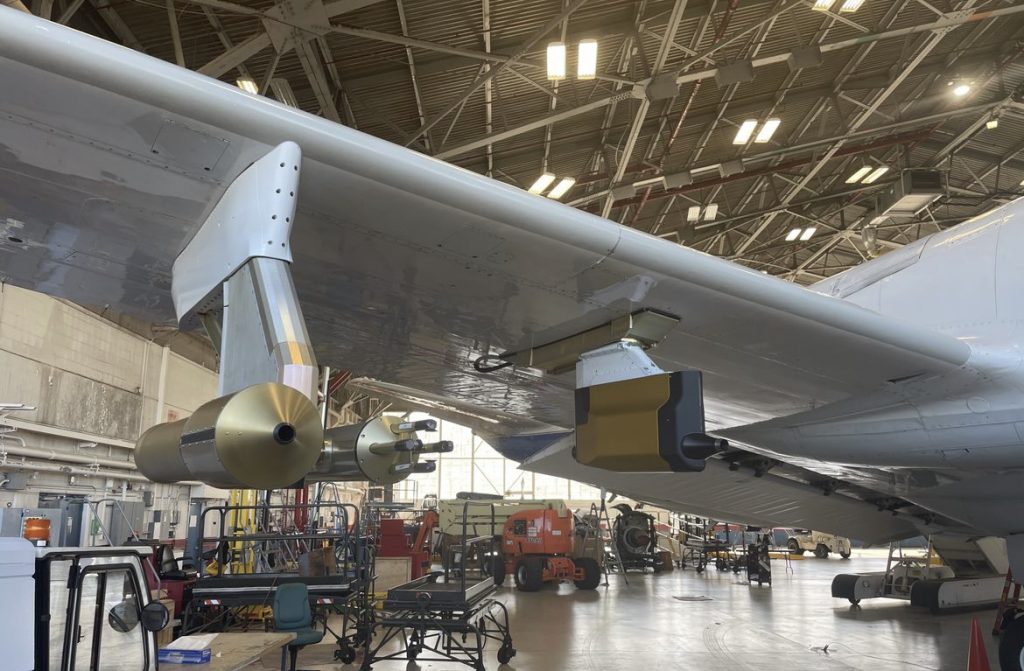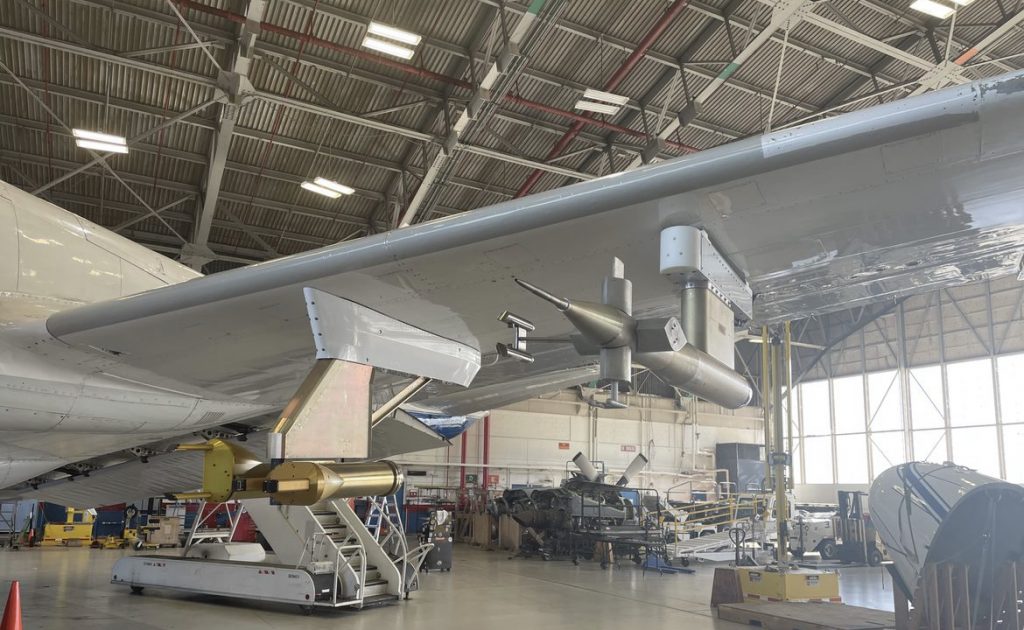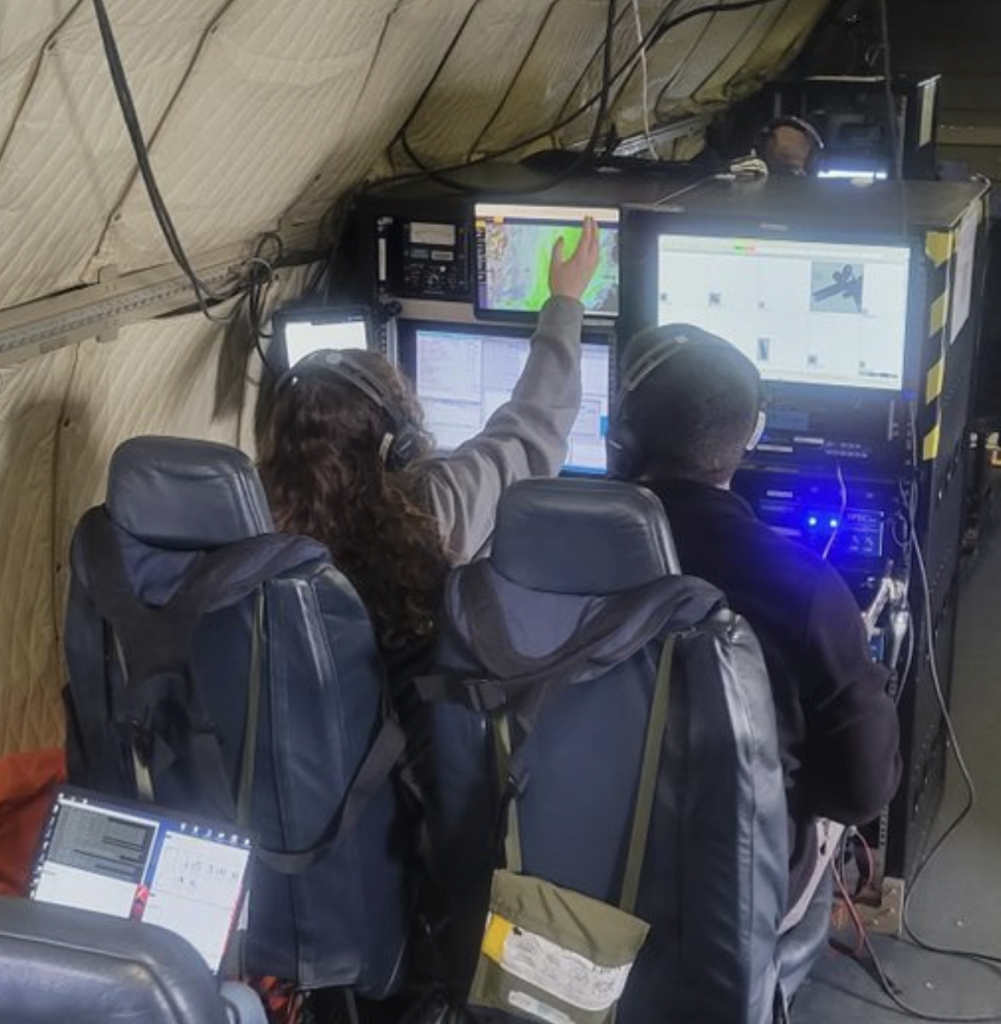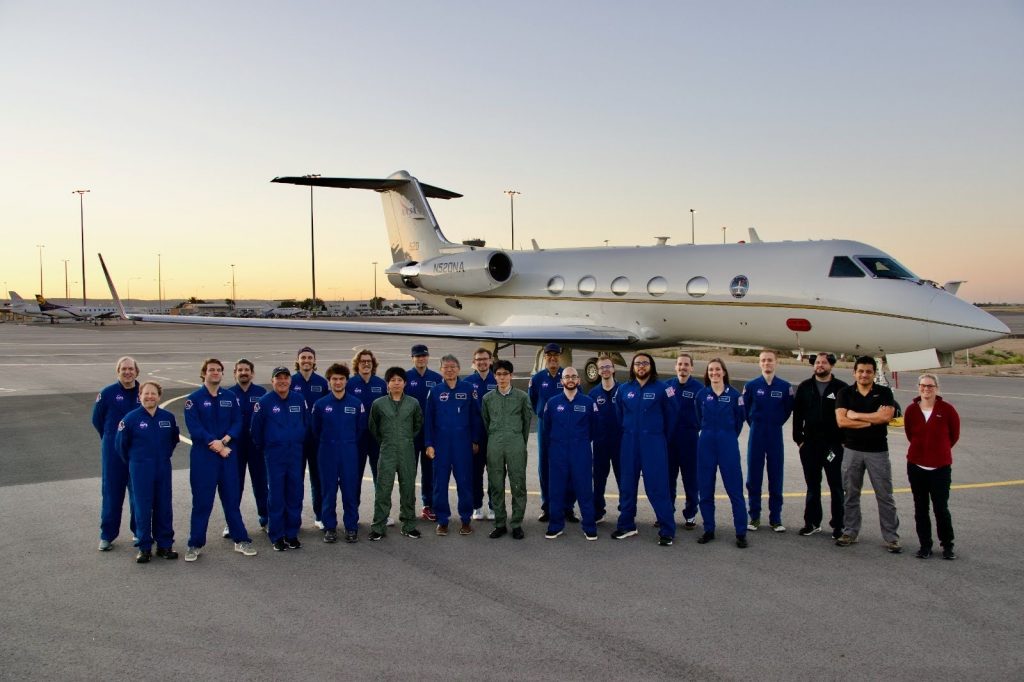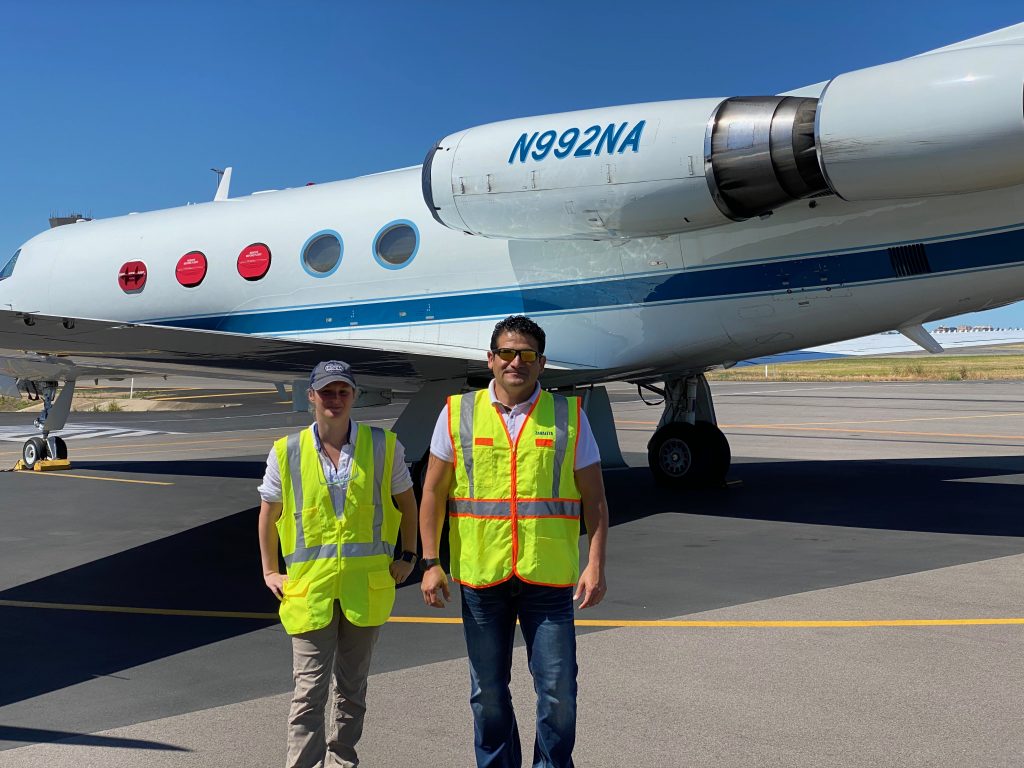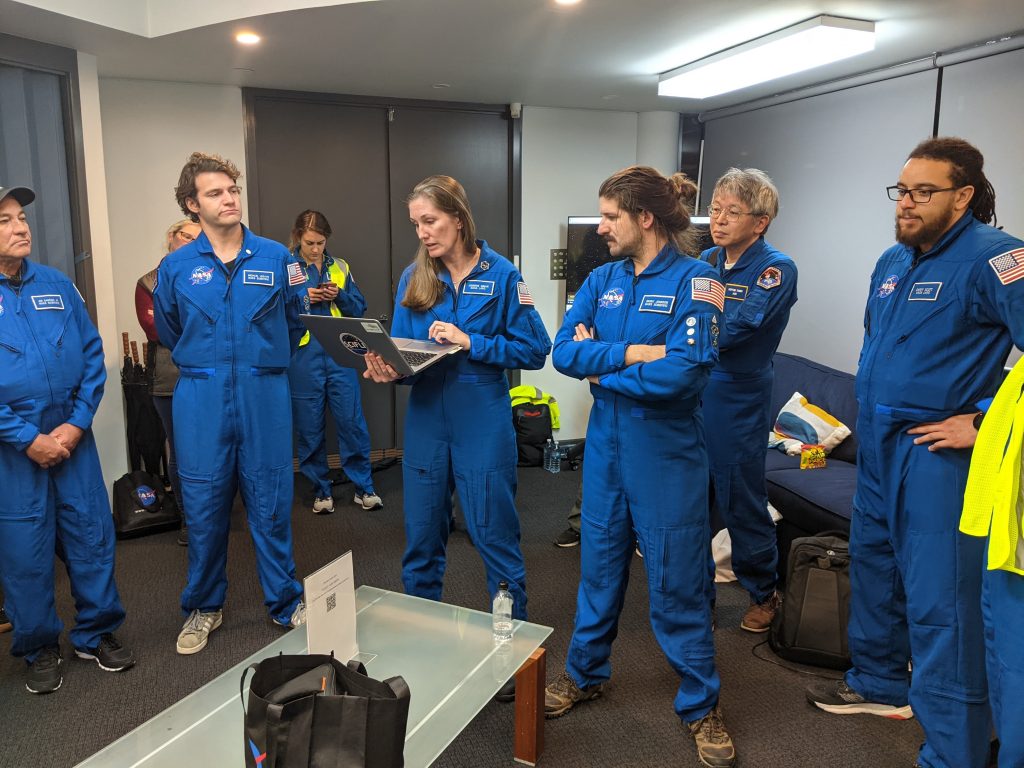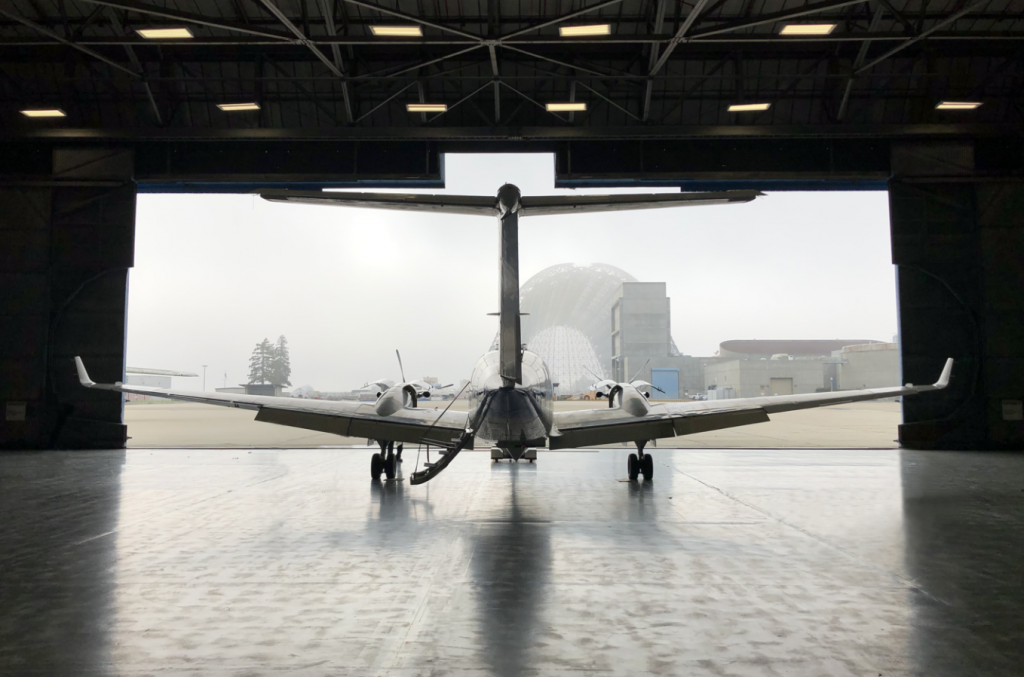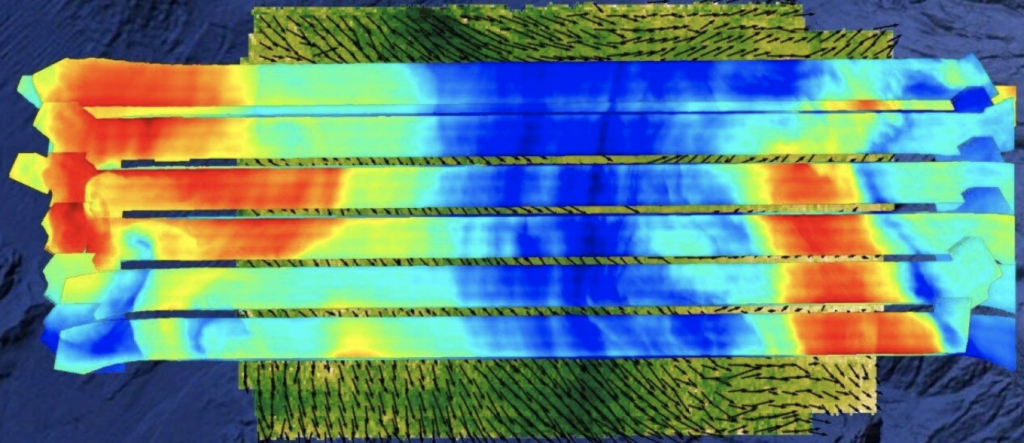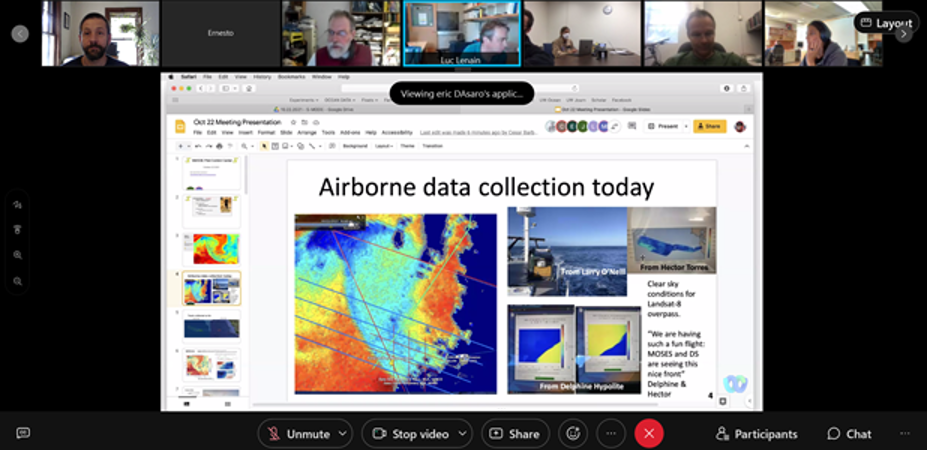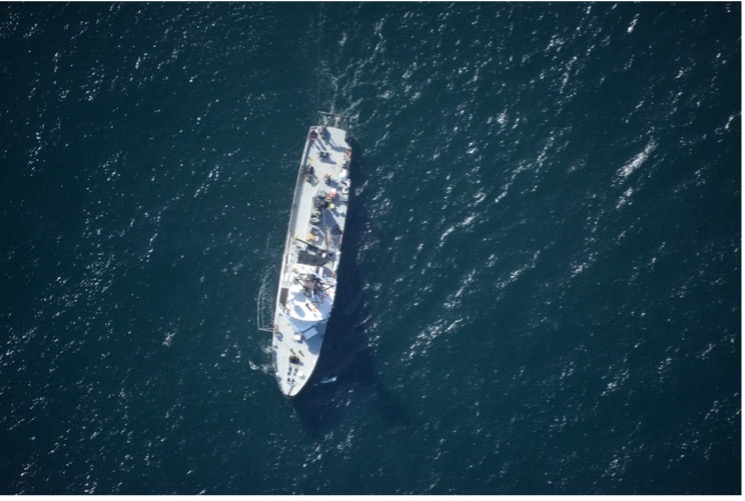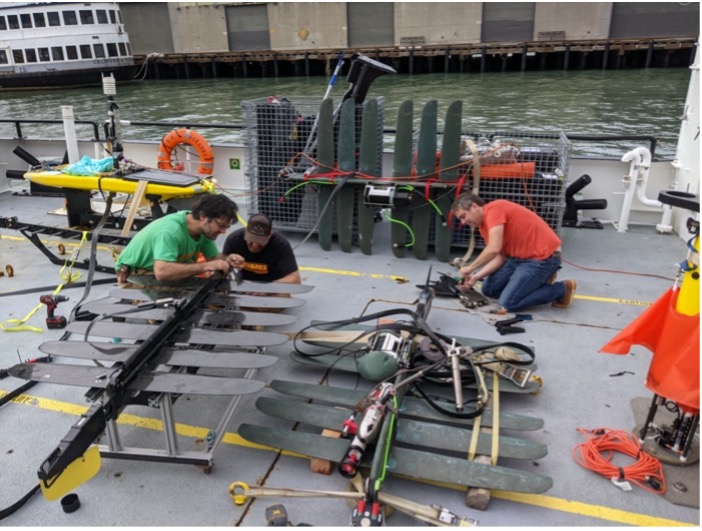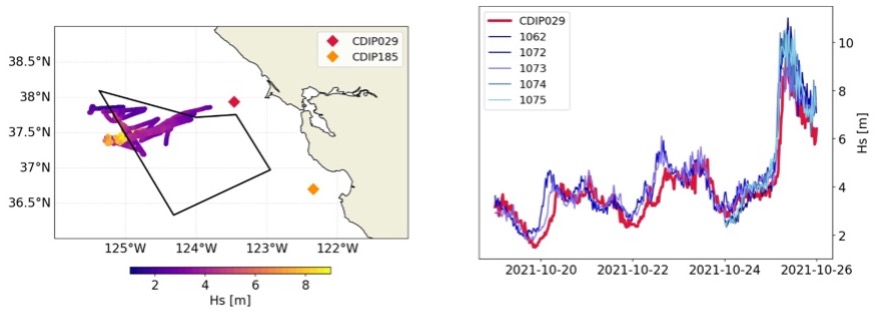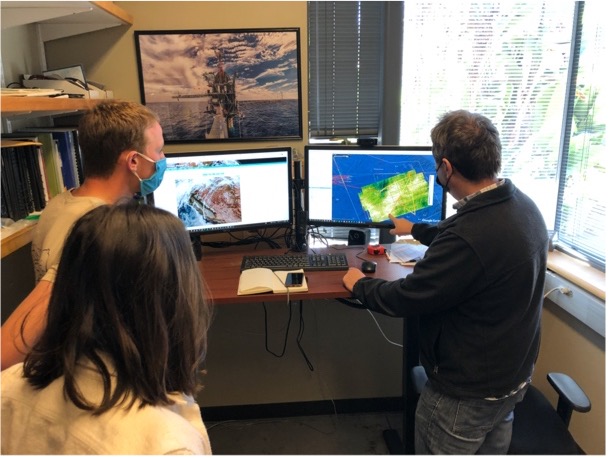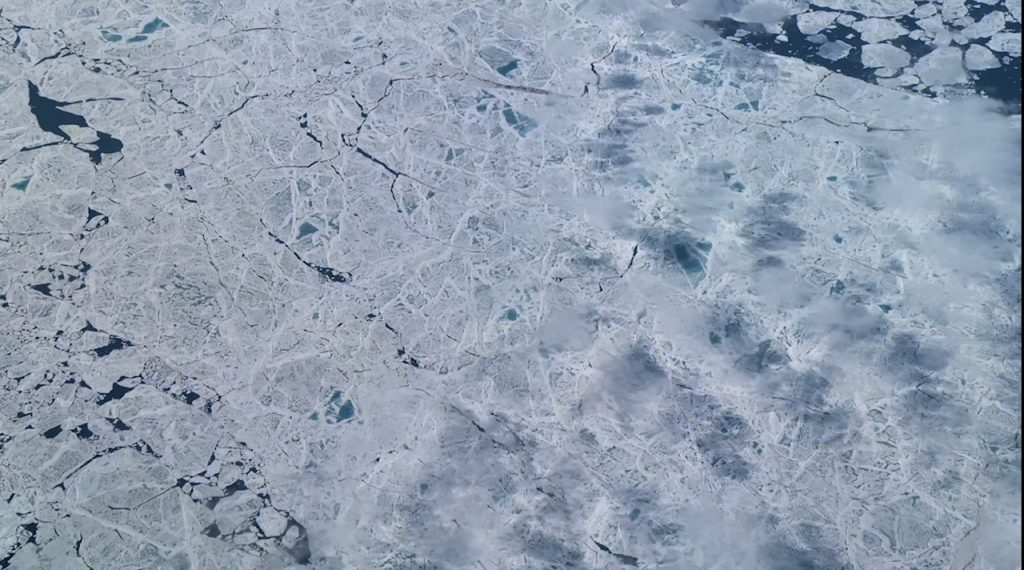
By Kate Ramsayer / PITUFFIK, GREENLAND/
I can’t quite find the right words to describe summer sea ice from the air – which is unfortunate, since I’m writing this post about NASA’s ICESat-2 summer sea ice airborne campaign.
It’s like miles and miles of shattered glass, these bits and pieces of ice broken apart and jammed back together. It’s like a honeycomb pattern, except, well, more a mishmash of geometric shapes, no neat hexagons. A 10,000-piece jigsaw puzzle of white ice floes and teal melt ponds and dark open ocean? Let’s go with that.
We’re flying above the Arctic Ocean in NASA’s Gulfstream V plane, a repurposed corporate executive jet (the swoosh branding of the previous owner still adorns the stairway). Onboard are two laser instruments that precisely measure the height of the ice, snow, melt ponds and open ocean below. Hundreds of miles above us, earlier that morning, the ICESat-2 satellite flew the exact same path, measuring the same ice. Scientists will compare the sets of data to improve how we use the satellite measurements, and better understand how and when sea ice is melting in the warming summer months.


Lining up the instrument measurements and the satellite measurements is no easy feat. Starting days before, the scientists had gathered in a common room at our hotel on Thule Air Base in northwestern Greenland, comparing the orbit paths of ICESat-2 with weather forecasts of clouds. Clouds are the scourge of summer airborne campaigns in the Arctic – large storm systems can cover almost the entire ocean, and weather forecast models are not as reliable at this high latitude.
But on this first flight of the campaign the clouds clear for long stretches, sending the scientists, instrument operators and yours truly to the windows to oooh and ahhh at the spectacular ice below.
“Now this is the good stuff,” said Rachel Tilling, sea ice scientist at NASA’s Goddard Space Flight Center, as the abstract stained glass mosaic (that any better?) of sea ice appears under sunny skies.
It’s mesmerizing, watching all the ice go past, seeing the cracks between flows and the ridges where the bits of ice have slammed into each other and refrozen. This campaign is particularly interested in measuring melt ponds, bright bits of teal where the snow covering the sea ice has melted and pooled, causing the ice to thin from the surface.
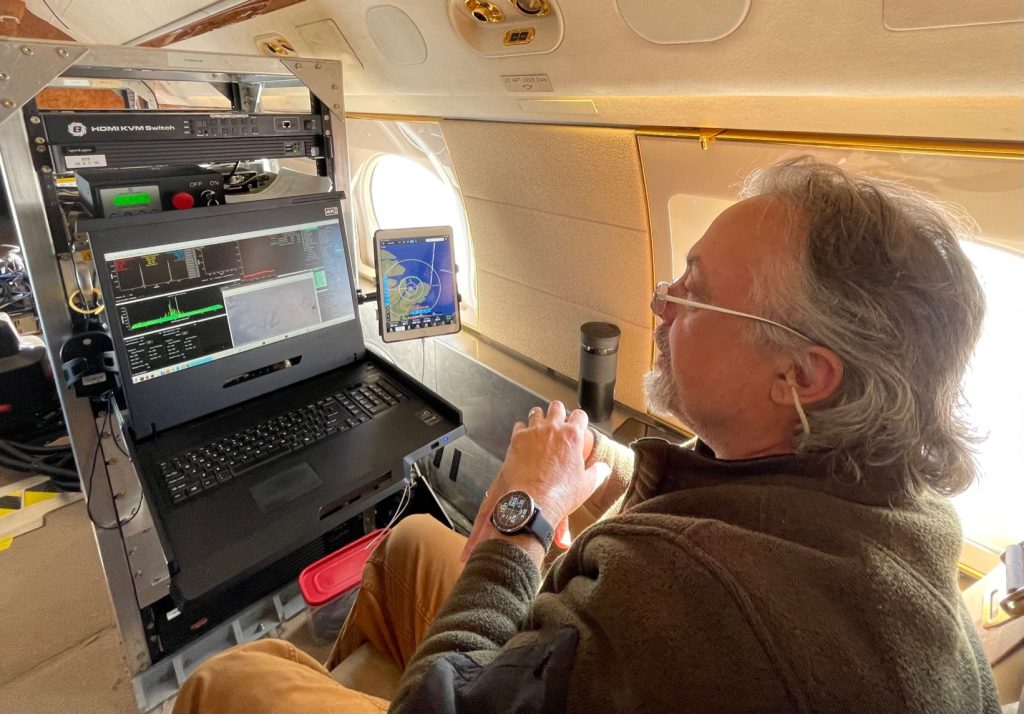

As we kneel in front of the port windows, looking out, the laser instruments are right next to us, looking down. On this flight, Goddard’s Land, Vegetation and Ice Sensor (LVIS, pronounced like The King) is firing its laser to time how long it takes for light to go from the plane to the ice or pond or water and then return; ICESat-2 is doing much the same thing from orbit.
It’s not all smooth sailing, though. To calibrate LVIS, the plane has to do a series of pitches and rolls. In the air. Over the polar ocean. With me on board.
I’m not a huge fan of flying. It’s only been a decade or so that I can fly without imagining a fiery death every time we hit a bit of turbulence. (I know, “physics,” but still.) I tolerate it, though, because I love going places.

But now we’re in a small plane, intentionally doing a series of pitches (up fast, then down fast) and rolls (one wing down, then the other wing). Intentionally. Three times. The first time is the worst, says Nathan Kurtz, ICESat-2 deputy project scientist and the campaign’s leader. Maybe for some; not for me. The first time was kind of fun, I’ll grant you, and there’s video evidence somewhere of me laughing nervously.
The second time: “Isn’t the LVIS calibrated well enough?” was the primary thought in my mind, which is why I’m not an instrument scientist.
The third time, I was regretting the snacks I had brought along for the flight. Look to the horizon, I told myself – right as the plane started its rolls. The horizon quickly disappeared, and then the plane rolled the other way, and it was all ice, and then it rolled the other way….
I closed my eyes, took deep breaths, and imagined the spectacular view, a patchwork of ice and water, that would be there once the plane stopped rolling.


